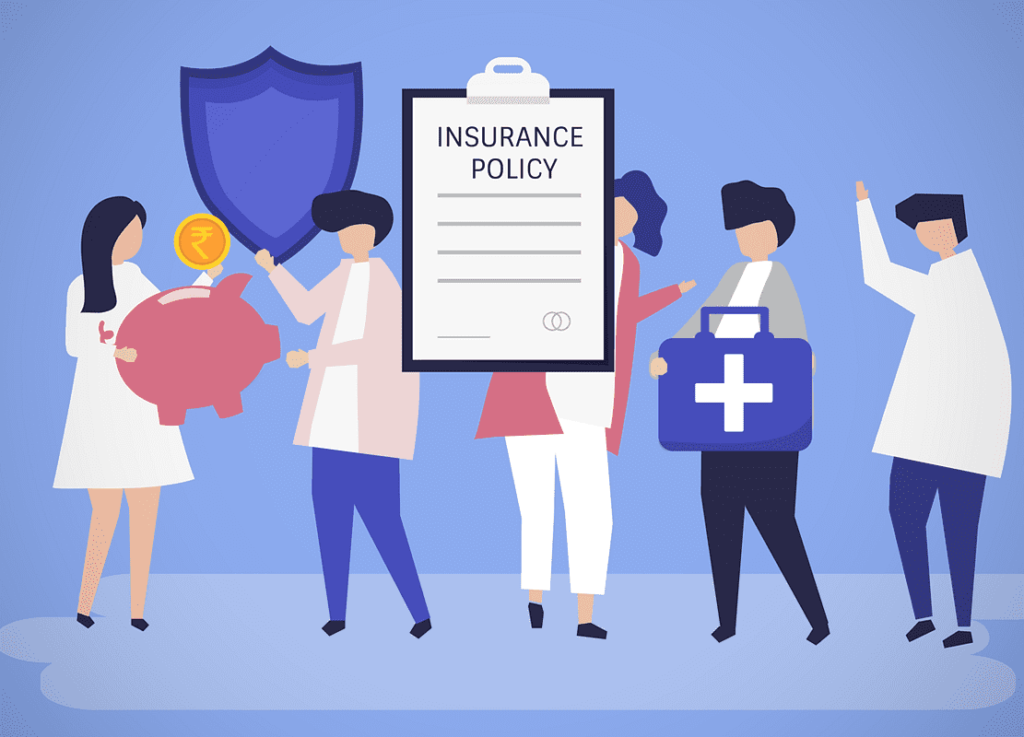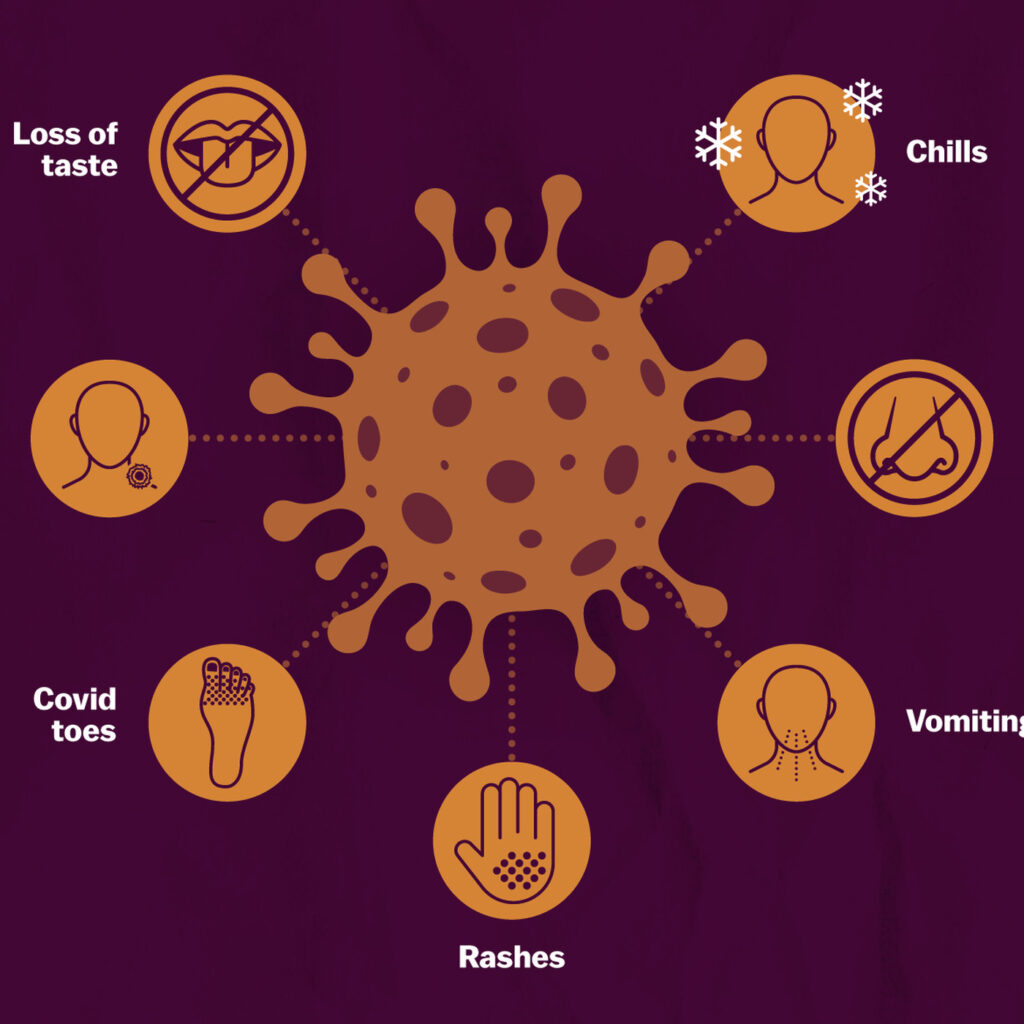
Healthcare and critical care workers have been working overtime throughout the pandemic, going the extra mile, putting themselves at risk, and working toward helping others get better since the beginning of the lockdown. While they are currently working on one of the most challenging and stressful jobs, a recent study showed that they are the most likely to suffer from burnout throughout the pandemic.
Critical care workers were always working overtime, well before the pandemic with long shifts and putting in a lot more hours than most other professions. However, the Coronavirus pandemic just got everyone working overtime, with the massive increase in the number of cases of sick people, the UK needed all the help they could get.
While the lives of the entire country are in the hands of healthcare workers, now more than ever, without a proper cure, the critical care workers are still recovering from the previous waves of the pandemic. The UK recently saw an increase in the number of COVID cases which is pushing the country toward another national lockdown, against the wishes of the people and businesses since they are struggling to make ends meet.
Additionally, there are specific legal requirements that critical care workers have to get through to protect themselves and their employers since they are working in a very high-risk job. Here are some of the details of those requirements and how important it is that they protect themselves.
Getting the right protection when they are working in extreme conditions

Like any job that has an element of risk to it, the employer, as well as people working in the position, have to make sure they protect themselves and each other. If anything were to happen to employees, working under an employer, the employer could get in trouble. Getting the right COVID insurance, providing the correct equipment to keep the critical care workers safe was another requirement to make sure employers were not putting someone else’s life at risk. The rules concerning insurance and the protection that healthcare and critical care workers had to be tweaked to match their requirements since they weren’t the same across the board. If there was a chance that any people providing critical care contracted COVID-19 at work, they could get their illness covered by workers’ compensation
Employees suffering from symptoms like acute respiratory illness such as cough, shortness of breath, and other similar conditions had to be separated from others or sent home. If any employee tests positive for COVID-19, the employer has obligations to notify the rest of the co-workers probably exposed while protecting the confidentiality of the ill employee. Employers have to follow the CDC, CMS, and state and local health authority guidelines to stay informed
Keep an eye out for symptoms

While there is a lot of information about the pandemic and staying safe already existing, we are all learning more about the virus every day, with so much research coming out regularly. Critical care employees must go through the requirement and stay up to date so they can protect themselves and stay ahead of what is happening. All employees have to get their temperatures checked and report their symptoms before beginning a shift. Furthermore, they should be told to monitor themselves as well and know what they should be looking for, which could include fever and any symptoms of respiratory illness
Employees traveling to high-risk areas
There are a lot of countries listed as high-risk areas, and if there were employees who traveled to those countries or returned from them, they had to mandatorily social distance for 14 days before getting in touch with anyone. Although they provided the information along with the names of the countries, the teams coordinating with them had to handle the process with tact, making sure they were not singling out anyone.
Receive compensation for mandatory time away from work

Employers have to review whether they were paying their staff when they forced them to stay away from work since they could expose others to the virus. Critical care workers could not provide assistance remotely, unless they were remotely monitoring people and talking them through the symptoms, which is an important task as well, reducing the load on someone else. Considering all the circumstances, employers had to make sure they were treating everyone fairly. Additionally, people working in critical care were often putting more time into their work now than ever before. Their payment of compensations for the additional time that they are putting in was a massive requirement.
Assisting their families
Healthcare workers have families too, and they were not spending a lot of time at home because of the strenuous work. Furthermore, there were times when they had breaks, but we’re not going home since they did not want to get anyone else sick, so they preferred working remotely. In the initial stages of the pandemic, with the national lockdowns, a large section of the population was home which in most cases made monitoring the family manageable however as offices started opening up, there were a few more challenges.
Protecting their mental health

The number of hours they were putting into the work was causing them burnouts, fatigue, and anxiety. They had to start by bringing in anyone they could find to keep up with the workload. While the first wave of the pandemic began slowing down, instead of getting a much-deserved break, they had to keep up with the backlog from the previously pending cases. When they almost got through the end of their backlog, the country went through the second wave of the pandemic, which is quite challenging since they did not get the chance to get the break they needed
With a continued all hands on deck routine, employers have to thoroughly review all applications coming in, in detail and make sure they are picking people within the critical care space, who are a good fit for the work. They should be open to working with various sections, age groups, and types of people who fall under the umbrella. Other than going through the information that they already have, they could even get the information through an enhanced DBS check.
For Government-approved CRB Application and DBS check see https://crbdirect.org.uk/








